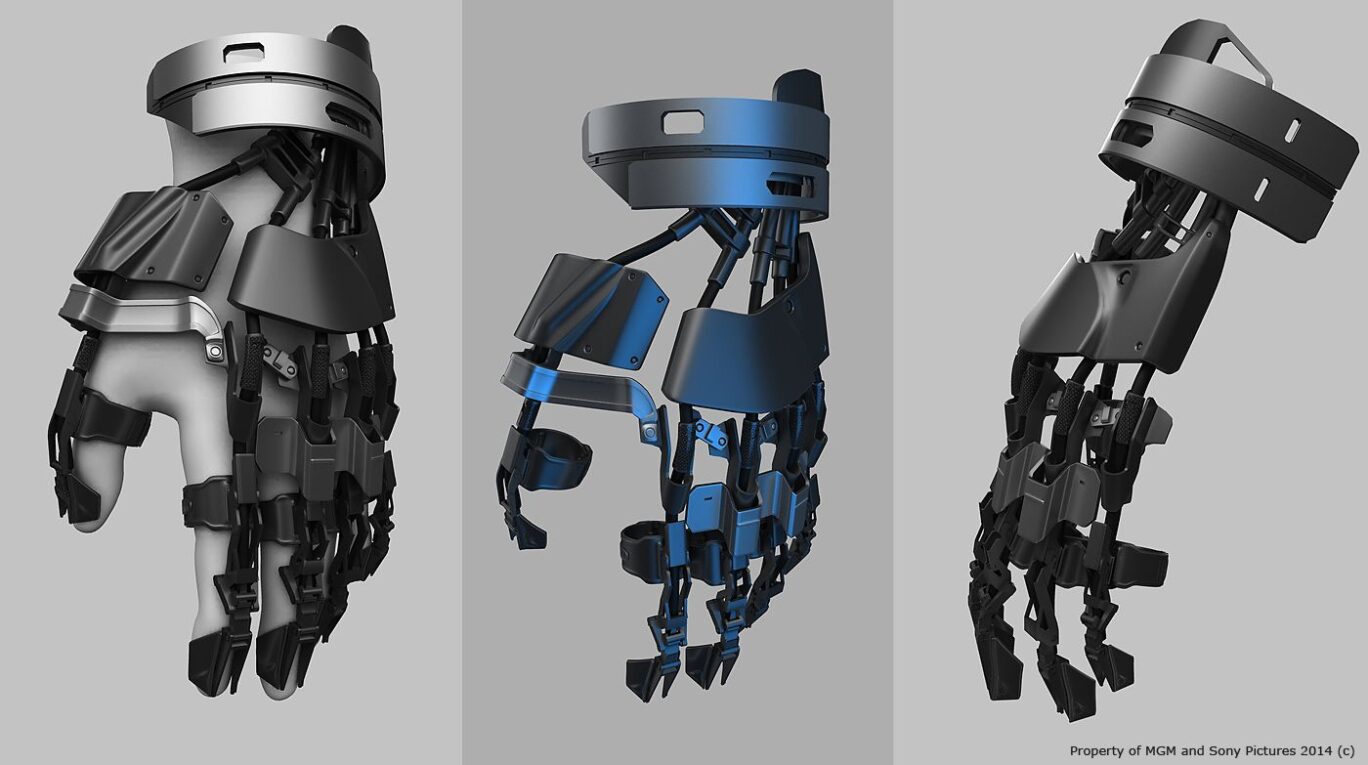Introducing Exoskeleton:
Exoskeletons are wearable robotic systems that provide power, control and sensory augmentation to the human body. They are robotic structures designed to amplify human strength and make physically challenging tasks less difficult. Much like its biological counterpart inside the human body, an exoskeleton functions at the system level to directly interface with the user, providing rigid structural support and actuation to the limbs through sensors and actuators.
Types of Exoskeletons
There are three main types of exoskeletons based on the body part they intend to augment:
Lower body exoskeletons
Lower body Exoskeletons are designed to enhance human leg and hip strength and endurance. They can help reduce fatigue in workers who perform tasks like lifting, walking or climbing that require repetitive leg motions. Various companies are developing lower body exoskeletons targeted at industries like construction, logistics and infrastructure development.
Upper body exoskeletons
Upper body exoskeletons support the back, shoulders and arms. They aim to reduce the physical stresses of tasks requiring heavy lifting, prolonged arm motions or overhead work. Applications include manufacturing, material handling, construction and healthcare. Advanced upper body exoskeletons are able to precisely track human motions and provide assisted lifting for loads up to 25 kgs.
Full body exoskeletons
Full body exoskeletons provide augmentation to both upper and lower limbs along with the torso. They are the most complex type and are still early in development. Researchers are exploring their potential use by militaries to help soldiers carry heavy equipment over long distances and complete strenuous tasks with less fatigue.
Technology Behind Exoskeletons
The core technologies that enable exoskeleton functionality include:
– Lightweight materials: Advanced materials like carbon fiber, aluminum and 3D printed plastics are used to construct rigid yet lightweight exoskeleton frames. This reduces encumbrance while walking or working.
– Actuators: Electric motors and hydraulic actuators primarily provide powered joint assistance. More advanced systems also integrate pneumatic artificial muscles for a natural feel.
– Sensors: Potentiometers, gyroscopes, accelerometers and force sensors precisely track body motions and joint angles for synchronizing actuation. Smart algorithms interpret bio-signals for intent-based control.
– Power sources: Early models used tethered power but newer versions integrate on-board lithium-ion batteries for untethered use over 8-10 hours. Some prototypes test fuel cells and hydrogen power.
– Control systems: Microcontrollers run feedback control loops at speeds over 1 kHz to precisely control actuators based on sensor data and user intentions. Advanced models use machine learning.
Benefits of Exoskeletons
The key benefits of exoskeleton technology include:
– Physical augmentation: Exoskeletons can multiply human strength many times over, reducing physical stresses. This improves workplace safety and productivity.
– Fatigue reduction: By sharing the workload, exoskeletons let people work longer hours with less muscle fatigue. This is helpful in assembly lines, construction, healthcare and defense.
– Injury prevention: Reduced physical stresses lower risks of musculoskeletal injuries like back strains and joint damage from repetitive tasks.
– Aging workforce support: As demographics shift to older populations, exoskeletons can help aging workers remain productive for longer.
– Military applications: Advances aim to help soldiers carry heavy gear over longer distances with less exhaustion and risk of injury.
– Rehabilitation: Some exoskeleton models are being evaluated to assist physical therapy and help paralysis patients regain mobility.
Challenges Remaining
While promising, exoskeleton technology still faces key challenges such as:
– Weight and bulkiness: Most prototype exoskeletons remain too heavy, bulky and tethered to electricity cables for practical use in real work environments. Further miniaturization is needed.
– Costs: Development and manufacturing costs of fully capable exoskeleton systems designed for safety, performance and longevity remain high. Economies of scale are still far.
– Control and sensors: Precisely synchronizing exoskeleton actuation based on biomechanics and human intent across a range of motions is an active area of research.
– Battery life: On-board batteries only provide 4-8 hours of power currently, requiring improvements for all-day usage. Renewable energy integration could help.
– Standards and regulations: Safety standards, design regulations and certifications required for industrial and military use still need development and harmonization.
Potential Future Applications
As the technology progresses over the next decade, exoskeletons may find roles in:
– Construction: Aiding material handling, lifting, climbing and assembly work to improve rates and reduce injuries.
– Manufacturing: Assisting repetitive motions on assembly lines for electronics, cars, aviation and more.
– Logistics: Helping warehouse workers and delivery agents carry heavier loads over longer distances.
– Healthcare: Enabling paralyzed patients to stand and walk again along with aiding nursing/elderly care tasks.
– Defense: Lightweight exoskeletons enabling extra load carriage, jumping, climbing for soldiers and first responders.
– Space: Helping astronauts maintain muscle and bone mass on long space missions with countermeasures.
With continued advancements, exoskeletons have the potential to revolutionize how humans work and recreate efficiency across many industries in the future. Robust certification programs will be vital to realizing this potential safely.
*Note:
1. Source: Coherent Market Insights, Public sources, Desk research
2. We have leveraged AI tools to mine information and compile it

